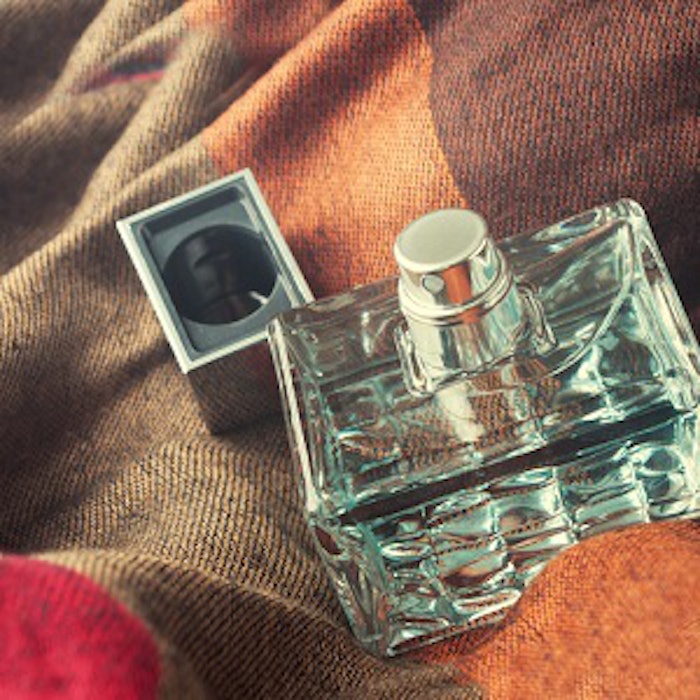
Fine fragrance marketing initiatives and sales training continue to ignore the fundamental tie that binds people to their perfume—the olfactory experience of wearing a favorite scent. The fragrance industry continues to dance around the edges of olfactory marketing, but hasn’t gotten religion, investing only half-heartedly in promotional programs based on fragrance families. Sales training and tools have yet to properly harness the power of The Fragrance Wheel and its ability to predict scents that will inspire loyalty and repeat purchases. New research proves overwhelmingly that women purchase and wear perfume falling into a narrow olfactory range. Isn’t it time for the industry to do a better job connecting consumers to scents they will enjoy?
Is it possible that the fragrance industry is not yet convinced that individual consumers truly gravitate, over time, to scents sharing an olfactory profile?
Fine fragrances belong to categories based on their olfactory characteristics. Research by Manuel Zarzo and David Stanton proved that two-dimensional maps of scent developed from the late 1800s to present are largely consistent.1 Summarized in layman’s terms by this author for Perfumer & Flavorist magazine, Zarzo and Stanton’s research confirms that Michael Edwards’ Fragrance Wheel has earned its place as the gold standard for fine fragrance mapping.2 This wheel is the basis for Edwards’ Fragrances of the World, a comprehensive database and annual guide that allow users to search according to a fragrance of interest and immediately identify others that have much in common from a smell perspective.3 It is also possible to search olfactory categories for commercially available fragrances within them.










